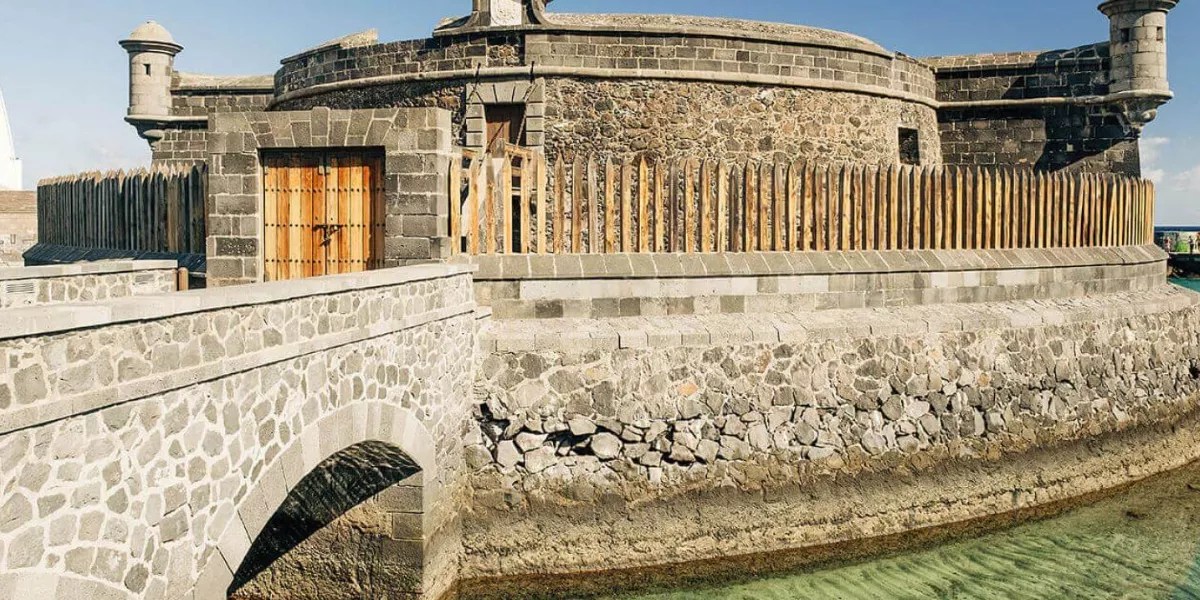The festivities of the Santísimo Cristo de La Laguna officially commenced yesterday with the proclamation delivered by the lawyer Francisco González de Aledo Buergo. In his address, he emphasised the inextricable link between the Cristo and La Laguna, recounting the origins and historical significance of these celebrations while sharing his own childhood and youthful recollections associated with the event. The proclamation took place in the entrance of the royal sanctuary, attended by a significant civil, military and religious representation of the Island, with entertainment provided by Majorero timple player Víctor Estárico and the prominent artist Chago Melián.
Prior to this, the mayor of La Laguna, Luis Yeray Gutiérrez, welcomed the town crier, describing him as “a figure intimately connected to our city” and praising “his extensive professional background in the legal field”. He also noted that “his bond with the Christ of La Laguna is deeply ingrained in his personal history, especially as a member of the Slavery of Christ, of which he served as the senior slave”. The mayor remarked, “Each Christ festival serves as a reunion between the city and its identity and memory.”
During his sermon, Francisco González de Aledo expressed that “the profound passion that beats within my heart as a lagunero by vocation makes it unimaginable for me to conceive of La Laguna without the ever-present presence of the Most Holy Christ. I cannot envision our cherished city without his protection, without that figure that transcends the material to embody the spirit of this land. The Christ and La Laguna are inseparably intertwined, both in body and spirit.”
He emphasised that Christ “is not merely a sacred image; it represents the unity of our people. All the residents of La Laguna and the Canary Islands find solace under his mantle” and asserted that, “as we initiate these festivities, it is vital that we remember the true essence of the devotion to Christ of La Laguna, along with his message of affection, sacrifice, and commitment.”
The town crier highlighted that “to discuss the Christ of La Laguna is to invoke the living history of this city” and pointed out the significance of “acknowledging that the roots of the festivities can be traced back centuries, practically from the onset of the public veneration of the holy image. Núñez de la Peña indicates that they began prior to the establishment of the venerable Esclavitud in 1659.” Therefore, Francisco González de Aledo traversed the history of these festivities, extending gratitude to various individuals involved in their organisation, along with the rector priests of the sanctuary over the past decades, and to the bishop of the Diocese, Bernardo Álvarez, “who is now bidding farewell to his active service.” He also paid special homage to the Esclavitud del Cristo, highlighting “the profound bond between the gunners” and the Christ of La Laguna.
Francisco González de Aledo also recounted various memories from his childhood and youth during the festivals of Christ and remarked that “I come from a family wholly devoted to the Most Holy Christ of La Laguna,” recalling how his father, for instance, read the proclamation of these festivals back in 1963.
He underlined that “our festivities are not merely celebrations; they are a conduit that links our past with our present, a connection that unites generations beneath the same Laguna sky. In embracing our traditions, let us remember that they are not just social events but living representations of our identity.”
“A community without memory, lacking respect for its history, is destined to fade away. Yet we, the people of La Laguna, as long as we honour our traditions, will preserve the flame of our culture, lighting the path for future generations. May the Most Holy Christ of La Laguna guide us and inspire us to progress, with faith, hope, and a heart brimming with love for this cherished city to which we owe so much,” he asserted.















